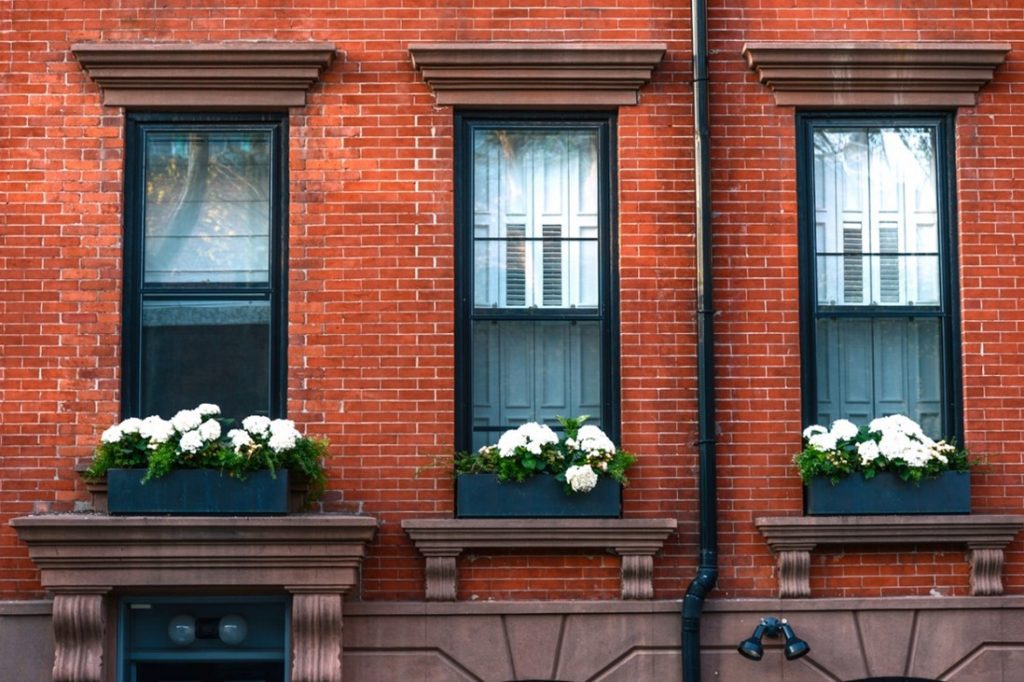

Imagine walking down a street lined with historical buildings, each with unique charm and character. As you admire the architecture, you notice that some windows are boarded up while others desperately need repair. This scenario is all too common, as many historical buildings are left to deteriorate over time.
Preserving historical buildings is crucial to maintaining the character and charm of our communities. And when it comes to historical buildings, windows play a pivotal role. In this blog, we will explore the importance of window restoration and preservation in maintaining the historical integrity of buildings.
Understanding Historical Windows
Historical windows are integral to the building’s architecture and differ from modern ones. They are a visual representation of the era in which the building was constructed. Their restoration and preservation are essential in maintaining the historical integrity of the building. Understanding historical windows requires an understanding of their characteristics and significance in architecture.
Traditional sliding sash windows are typically made of wood and have a distinctive style vastly different from modern ones. The design of historical windows is often intricate and ornate, featuring details such as muntins, sashes, and glazing bars. Skilled artisans usually handcrafted these details, making each window unique and one-of-a-kind.


Another characteristic of historical windows is their size and shape. Historical windows are often larger than modern ones, allowing more natural light to enter the building. The form of the windows is also unique, with many historical windows featuring arched or curved tops, adding to their ornate design.


The Restoration Process
The restoration process of historical windows is complex and time-consuming. It requires careful planning, attention to detail, and several steps:
- Evaluation: The first step in the restoration process is to evaluate the window’s condition. This involves thoroughly inspecting the window to determine the extent of the damage and the repairs needed.
- Removal: The window is removed from the frame once the damage is assessed. This allows easier access to the damaged areas and ensures the restoration is done correctly.
- Repair: The next step is to repair any damage to the window. This may involve repairing or replacing broken glass, repairing or replacing damaged frames, and repairing any rot or decay in the wood.
- Replacement: If parts of the window are missing, such as muntins or glazing bars, they are replaced with historically accurate materials. This ensures that the window’s authenticity is maintained.
- Repainting or Refinishing: The window is repainted or refinished once the repairs are complete. The paint or finish should be historically accurate to maintain the window’s authenticity.
It is essential to use historically accurate materials and techniques in the restoration process to maintain the authenticity of the window. This involves using traditional joinery techniques, such as mortise and tenon joints, and materials like hand-blown glass and traditional glazing putty.


Tips for Successful Window Restoration
At Darcy Joinery, we understand the importance of window restoration and preservation in maintaining the historical integrity of buildings. Here are some tips for successful window restoration that we recommend:
- Regular Cleaning: Regular cleaning is essential to prevent dirt and debris from accumulating on the windows. This can be done using a soft cloth and a mild cleaning solution. Avoid using abrasive cleaners or harsh chemicals that can damage the window’s finish.
- Timely Repairs: Repair any damage to the window as soon as possible to prevent further damage. This includes repairing broken glass, repairing or replacing damaged frames, and repairing any rot or decay in the wood.
- Weatherproofing: The windows are essential to prevent water damage and air leaks. This can be done by adding weatherstripping or caulking around the window frame.
- [DL(D1]
- Hire a Professional: Window restoration is a complex process that requires expertise and experience. Hiring a professional window restoration company, like Darcy Joinery, can ensure that the restoration is carried out correctly and that the window’s authenticity is maintained.
At Darcy Joinery, we specialise in sash and casement windows. Our team of skilled craftsmen has years of experience in window restoration and can provide a bespoke restoration service that meets your specific needs.
Check out our blog to add more period features to your home.


The Value of Preserving History
Preserving historical buildings is crucial in maintaining our cultural heritage and providing a glimpse into the past. Historic buildings are a testament to our history and remind us of our past. The restoration and preservation of historical buildings, including their windows, help maintain their authenticity and give future generations a glimpse into our past. If you want more information on old-styled windows, check out our blog, ‘The Advantages of Wooden Sash Windows‘.
Window restoration and preservation play a crucial role in maintaining the historical integrity of buildings. Historical windows are essential to the building’s architecture and must be restored and preserved to maintain authenticity.
If you are looking for a reliable and professional window restoration company, look no further than Darcy Joinery. We pride ourselves on using traditional joinery techniques and historically accurate materials to maintain the window’s authenticity. Contact us today to learn more about our window restoration services and how we can help you preserve the historical integrity of your building.
